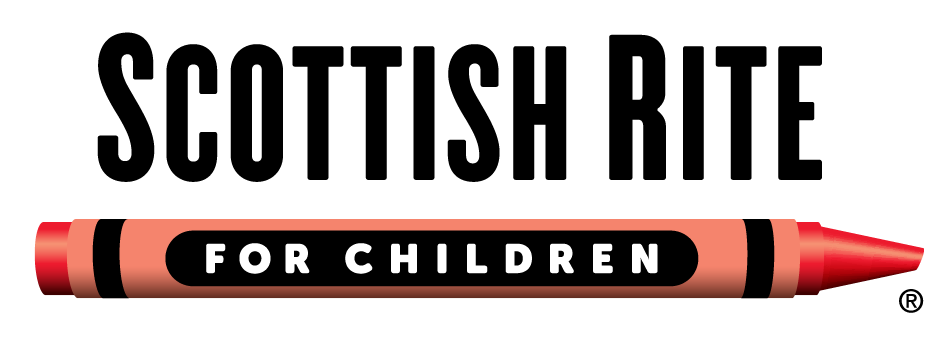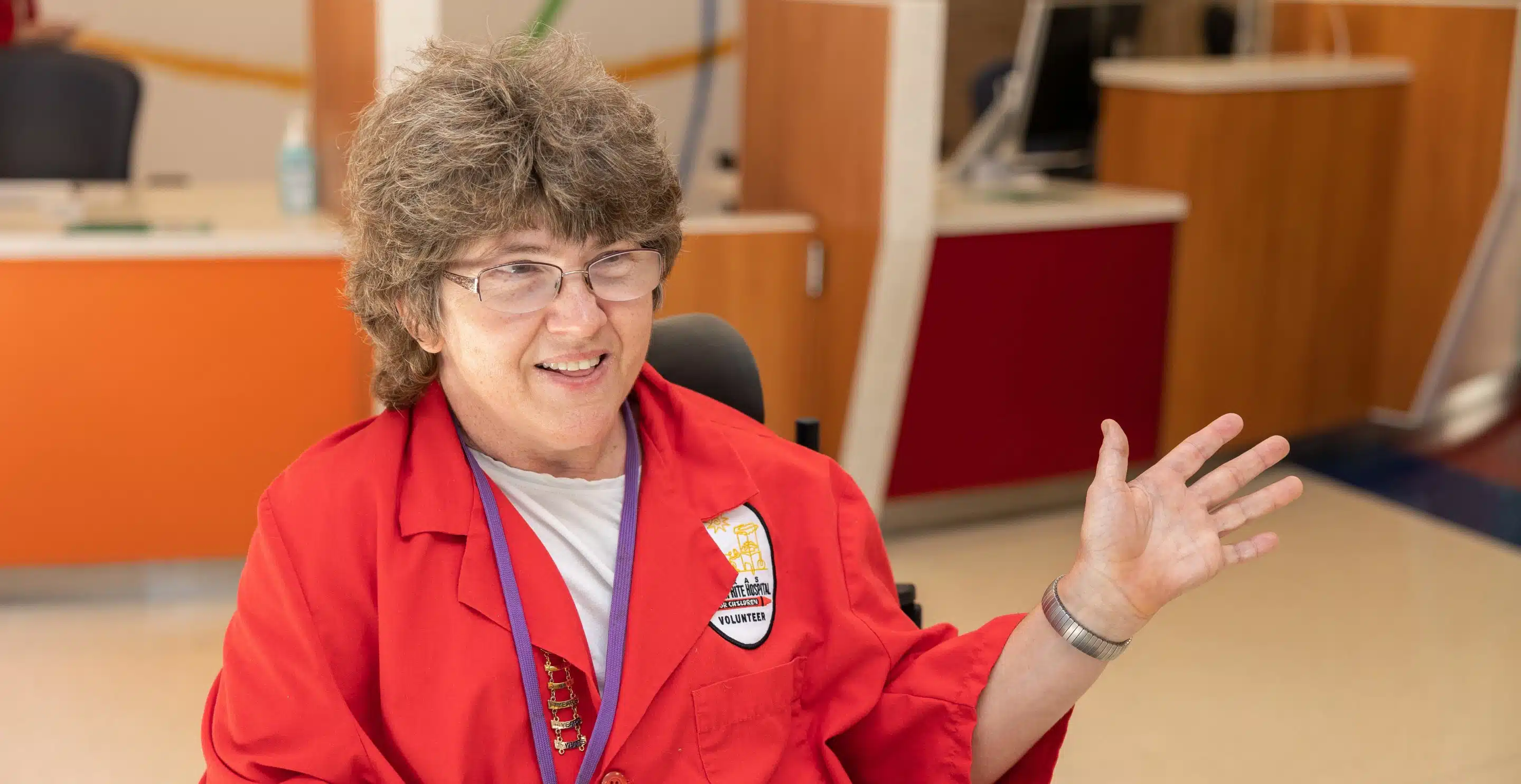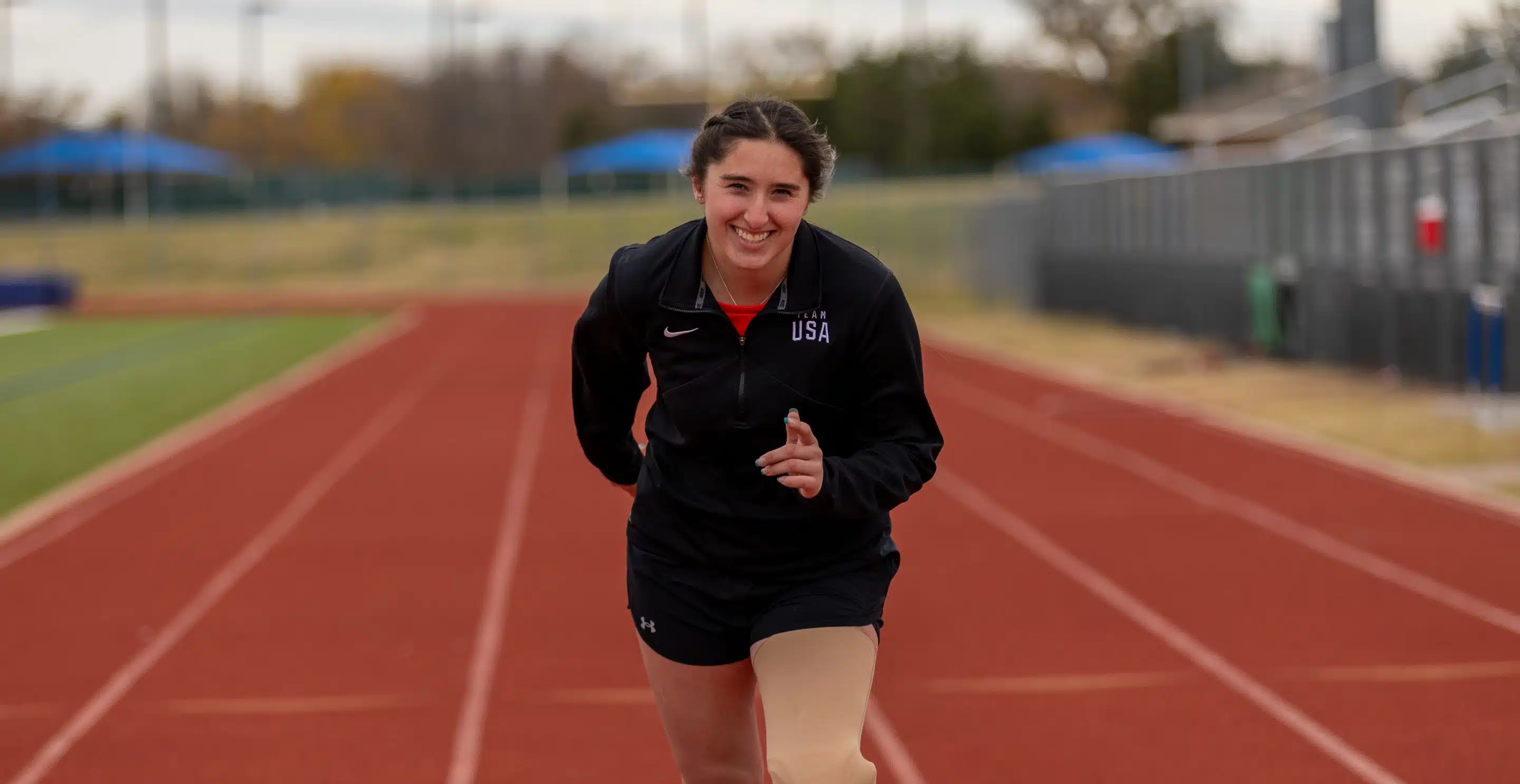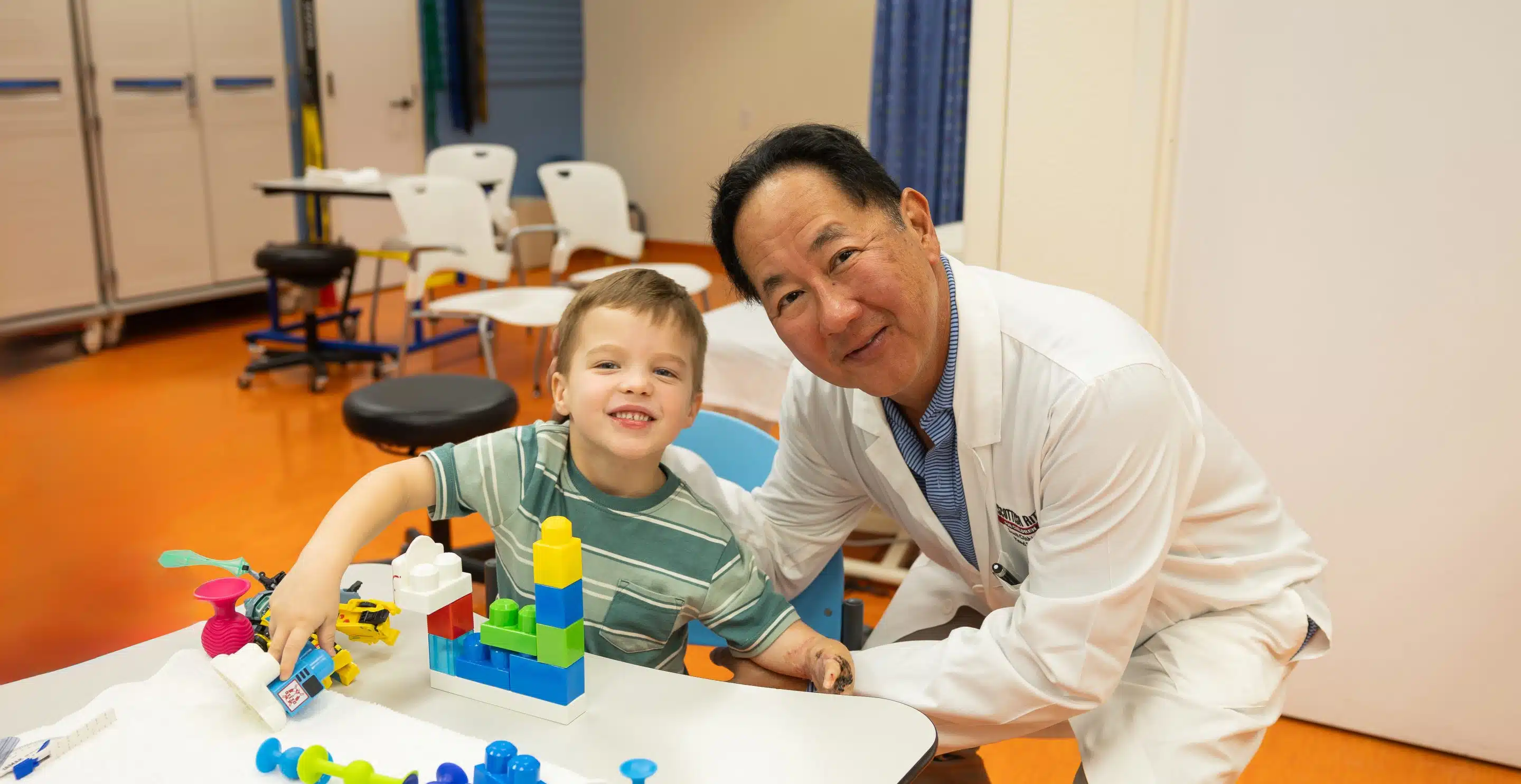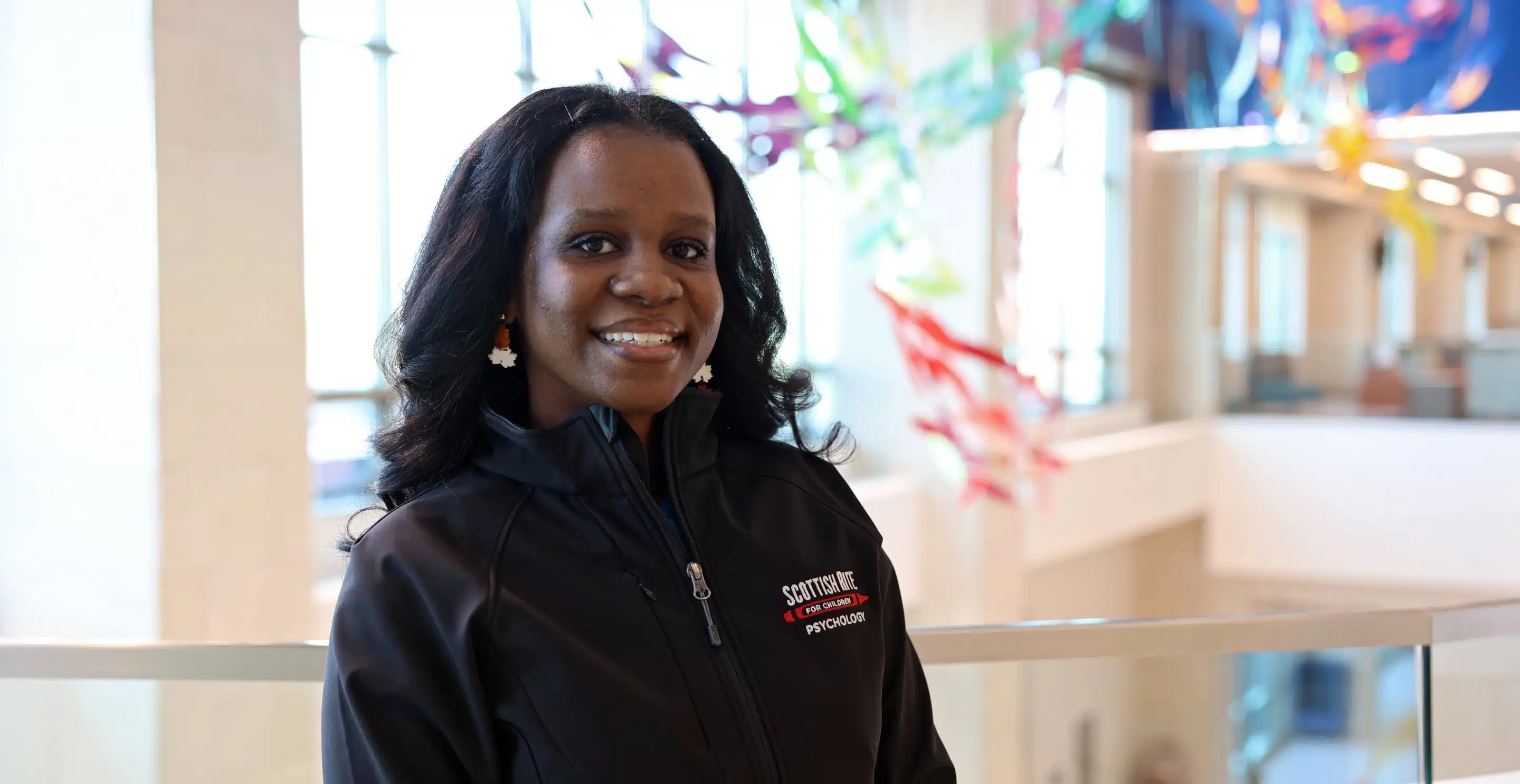A pediatric sports medicine physician and member of the Female and Male Athlete Triad Coalition, Jane S. Chung, M.D., shares the latest in energy availability and the consequences of under fueling for young athletes.
Sports can place high demands on growing bodies and athletes need their medical team to identify signs of unintentional or intentional disordered eating.
The traditional model of female athlete triad has evolved in recent years and now acknowledges that males also experience the triad. Osteoporosis, amenorrhea and eating disorders are pathologies that can occur at the extreme end, but the triad is now thought to be in a spectrum of optimal health to disease. In this model, the three components of bone density, menstrual function and energy availability are connected to each other. With this new approach, signs and symptoms are being identified earlier and even prevented.
The triad was known to be caused by the interrelationship of eating, hormone balance and bone health. Sadly, the condition was associated with “eating disorders” and assumptions were made that athletes may be intentionally causing these problems. Though this is still the case in some sports where figure and appearance are highly valued, the newer model of the triad is designed to address all types of “disordered eating.” This can include restrictive eating by “picky eaters” or simply those athletes who are too busy to consume adequate calories.
Energy availability is a more relevant term that accounts for the needs of the individual athlete, the sport and the training schedule. An athlete must fuel, or eat, according to these aspects. When the intake meets the demand, the energy balance is neutral. With a neutral energy balance, the young athlete can stay healthy and build strength, grow taller, compete at his or her optimal performance and minimize unwanted weight gain or loss. With a more sport and performance- centric conversation, athletes may be more willing to discuss their eating habits.
Here are some questions to ask your patients and some thoughts on how to respond to their answers:
| ASK | YES | NO |
| Do you eat three meals a day plus snacks? | Great, be sure to include three food groups in each meal and two food groups in each snack. | Eating throughout the day and prior to activity is the best way to ensure your body gets the energy it needs and uses all of the nutrients the right way. Fueling with protein post work-out, practices/games is important to help with muscle healing and recovery. |
| Do you adjust your eating quality and quantity based on your training schedule? | Good. Do you have someone to talk to about how you make those choices? | Your body has different energy needs based on the activity you are doing. Begin to pay attention to feeling full or tired during activity to know if you need to adjust your plan. |
| Do you eat a rainbow of foods on every plate? | Great. Eating a variety of foods ensures you get the nutrients you need for your bones to grow, and for your body to become faster and stronger with your training. | Without variety in your foods, you may be missing important nutrients that strengthen and help your bones grow. |
| Do you have a daily goal of water intake? | Is your daily goal close to ?? oz.? [calculate ½ body weight in kg] | Be sure to choose water and start working toward a daily goal. |
Chung participates in national study groups on the subject and has other clinical and research interests including:
- Stress fractures and other consequences of under fueling for sports
- Sleep in young athletes
- Concussion recovery
Check out our latest resources for medical professionals.
